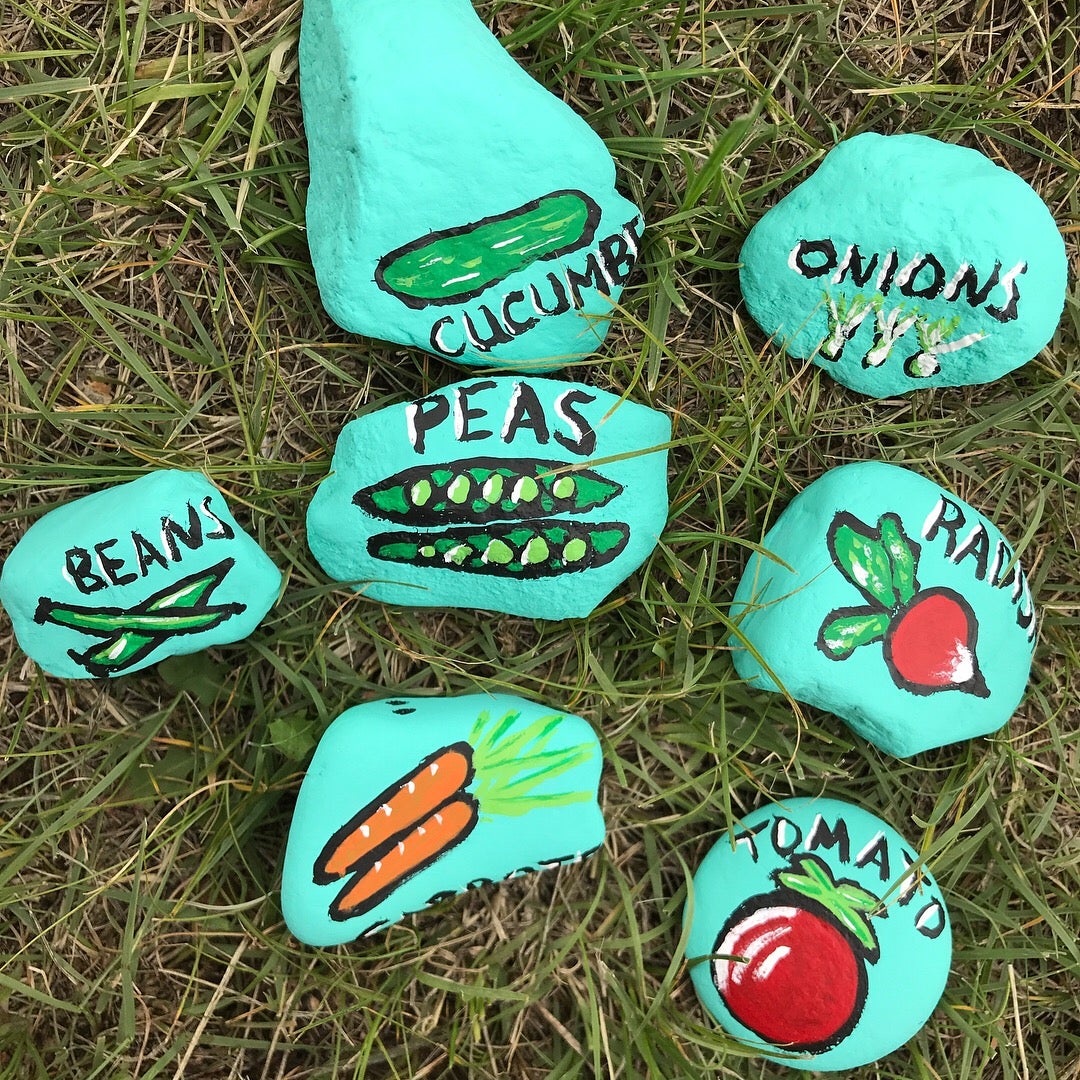Garden: An act of hope for the future
By Jessie Veeder Scofield
Dandelions and wood ticks. Digging worms for river catfishing. Grazing cattle, bluebells and sweetpeas and the planting’s done. Fixing fence, mowing the lawn, the garden is in, and the only thing ready to pick are lilacs and Juneberries, radishes and rhubarb. That’s what June is made of out in rural western North Dakota.
This month is our official topple-into-summer on the prairie and with the uncertainty of the past few months still breathing down our necks, now more than ever we’re welcoming the season with open arms. And for me, and many others on the plains, that means digging in the dirt and tending to growing things.
There’s something magical about a garden, it’s always been that way for me. As a kid I gladly claimed the role of garden planter and helper each season, carefully spacing and placing the bean seeds two inches apart and finding the right stick to mark the row before moving on to the radish and carrot mix, dreaming of the hot summer day when I could come out and pull a ripe pea pod off the vine.
There is no crisp like the fresh snap of a pea pod. There is no orange like the orange on a carrot, the subtle hint of black earth lingering as you take a bite by the garden hose. There’s nothing more fresh than slicing into a ripe, red tomato, its juice and seeds spilling over onto your kitchen counter where you think it’s a shame to waste it on sauce or supper, so you finish the whole thing off right there. And there’s nothing more satisfying than reaping the rewards of a past and personal effort you put into something that came alive, before your very eyes, simply because you cared.
Because planting a garden is the physical act of hope for the future.

When I was a young kid and my family lived in Grand Forks, my dad helped my great grandma Eleanor keep her backyard garden. I reach way back in the archives of my memory and I can see my dad disappearing and reappearing from under the leaves of waist-high tomato plants while my great grandmother stood on the edge of her lawn to visit and I itched the fresh mosquito bites on my bare legs.
That Red River Valley dirt held different kind of secrets than the rocky, gumbo clay of my dad’s home in Western North Dakota. I was too young to understand how much that garden must have meant to both him, a ranch kid missing home, and to my great-grandma Eleanor, whose knees were too worn to do the planting and the weeding.
And in the high heat of summer, when the vegetables were ripe for harvesting, my great grandma looked forward to picking and chopping and mixing up her sister Maebelle’s Garden Soup. It’s something my mom looked forward to each year as a way to connect with her grandmother. It was a labor of love, a practice of patience and a tradition tied to family tied directly to the ground beneath our feet.
And so I want to share the recipe for you here as an offering of hope, a reason to take care and a special way to enjoy all that you’re watering this June.
 Aunt Maebelle’s Garden Soup
Aunt Maebelle’s Garden Soup
As written on my mom’s recipe card.
- Get out your 8 qt. or 12 qt. stainless steel soup kettle (Maebelle was very specific)
- Dice 3 LARGE sweet onions (the “heart” of this soup)
- Melt a 1/2 stick of butter in the soup kettle and add onion and sauté slowly until they are soft (but not browned). It will take a while
- Add 6 large potatoes, peeled and cubed and 6 large carrots, peeled and cubed to the onion and cover all with 3 cups of water. Cook gently. Stir.
- When the carrots and potatoes are partially cooked, add 1 pound of yellow beans (summer only) and 1 pound green beans (fresh or frozen). Beans should be cut up in 1/2 inch pieces.
- Add lots of fresh chopped flat leafed parsley and lots of fresh dill (or dry dill weed)
- Season with Lawry’s Seasoned Salt and Lawry’s Seasoned Pepper (to taste)
- When the above has cooked, add a can of cream style corn and stir
- (Now here’s my favorite part) Add 1/2 stick butter and let sit (not cooking) for 1 hour or so. (This seems weird, but it’s the rules)
- Bring heat up and add 16 oz package of frozen petite peas
- Add 1 1/2 quarts of whole milk (Maebelle was known to slip a little half and half in also)
- Adjust to your own taste. Try not to add more than 3 cups water. Maybe more milk, half and half or cream.
When I flipped the recipe card over I discovered that Maebelle often made “bullet” dumplings to add to this soup. I’ve never had this soup with dumplings, but you can’t go wrong with dumplings.
Now invite your family over to help chop, chat and enjoy!
And for a bit more instant gratification, and a use for all that rhubarb currently waiting for you out back, Carolyn Conwan-Henderson, from Keene, is happy to share the rhubarb recipe she’s been making for family and friends for years.
 Carolyn’s Rhubarb Crunch
Carolyn’s Rhubarb Crunch
4 c. Diced Rhubarb
put in greased pan
Combine
¾ C sugar
2 Tbsp cornstarch
1 C water
1 tsp vanilla
Cook until thick and pour over rhubarb
Combine
1 C flour
¾ C oatmeal
1 C brown sugar
1 tsp vanilla
½ C melted butter
Spread over rhubarb and sugar mix
Bake 40 minutes at 350
